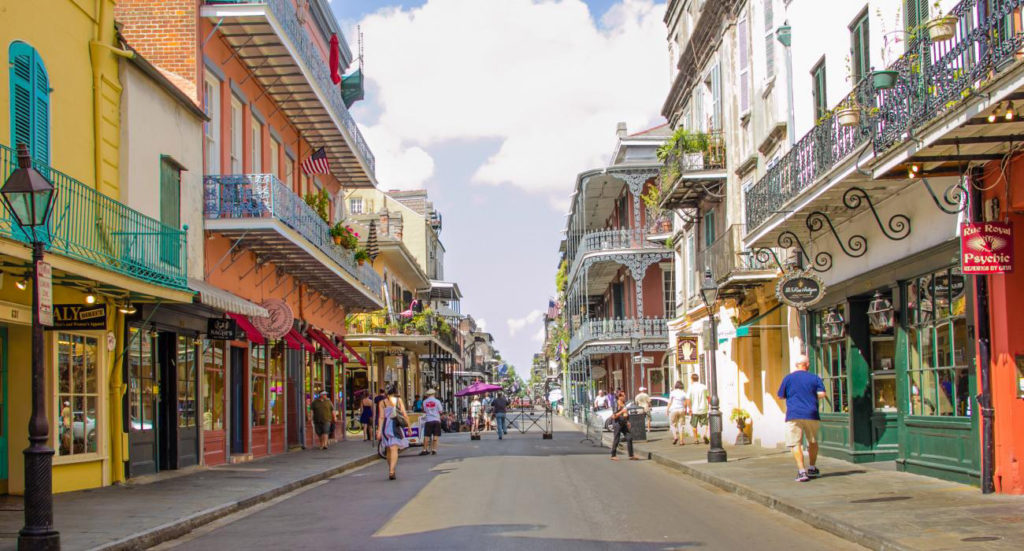
Poetry of the blues is tied to the concepts of liberation and enlightenment in several ways. The blues, originating in African American communities, often reflects the struggle for freedom from oppression. Blues songs touch upon themes such as poverty, racism, injustice, and personal hardships. By expressing these experiences through poetry, the blues offer a voice for the marginalized and oppressed, allowing our stories to be heard and validated.
The blues in New Orleans indeed has deep roots that stem from a rich combination of influences. Its origins can be traced back to the African rhythms brought by enslaved Africans and the melodies and harmonies introduced by the French and Spanish colonizers in the region. Additionally, the French Creole culture, with its unique blend of African, Caribbean, and European influences, has greatly contributed to the development of the blues in New Orleans. Creatively speaking, many aspects of Native American spirituality, storytelling, and mythology have found their way into the literature, music, and performance art of New Orleans. These cultural elements provide additional layers of inspiration and themes for artists and performers to draw upon.
The poetic vision can be seen in the soulful and expressive nature of the blues music that emerged in the city. The lyrics often touch upon themes such as love, heartbreak, struggle, and longing, reflecting the human experience in a profound and often metaphorical way. These poetic elements, combined with the rhythmic patterns and soulful melodies, create the distinct sound that characterizes the blues in New Orleans.
Native American culture has had a significant influence on New Orleans and its vibrant art scene. While New Orleans is often associated with its African, French, and Spanish heritage, Native American culture has also played a role in shaping the city’s cultural landscape.
The Choctaw, Chitimacha, and Houma tribes are just a few examples of Native American communities that have historical ties to the region. Their presence and cultural contributions have left an indelible mark on the art scene in New Orleans.
Native American art forms, such as pottery, textiles, basket weaving, and beadwork, have influenced local artists and craftsmen. The intricate designs, vibrant colors, and spiritual symbolism found in Native American art have made their way into the works of New Orleans artists, adding a unique element to the creative fabric of the city. Native American influence can be seen in the architecture and design of certain buildings in the city. Elements inspired by Native American motifs can occasionally be found in the ornate facades of historic structures and even in modern art installations.
Native American influence on American language and literature has indeed evolved through various cultural avenues, and the music scene in New Orleans is no exception. The city of New Orleans has a rich cultural heritage influenced by multiple traditions, including that of Native American communities. Native American languages and storytelling traditions have contributed to the diverse tapestry of American culture, which is often reflected in different art forms, including music and literature.
Deep emotions expressed in the music serve as a spiritual and intellectual pathway towards enlightenment, encouraging individuals to confront societal discord and seek personal and collective liberation. With a rich history of nurturing a mindful reflection of societal discord, the cultural vibrancy and diverse influences in these musical communities provide fertile ground for the exploration of complex and nuanced social dynamics.
Blues artists have used their craft to shed light on the struggles faced by their communities, fostering empathy, understanding, and a call for change.

In the music scene of New Orleans, you can find notable connections to Native American influences. For example, certain genres of music, such as jazz and blues, emerged in the city and have been shaped by various cultural influences, including Native American contributions. Historically, Native American tribes like the Choctaw, Chitimacha, and Houma have had a presence in the region, and their cultural expressions have influenced the broader artistic landscape of New Orleans.
It’s important to note that Native American culture is just one of the many cultural influences that have shaped New Orleans’ art scene. The city’s artistic landscape is a rich tapestry woven from diverse traditions and histories, each adding their own unique flavors to the vibrant artistic heritage of the Big Easy. Native American culture is also celebrated in festivals and events throughout the city. The New Orleans Native American Heritage Festival, for instance, showcases a variety of traditional performances, arts and crafts, and educational programs that honor and promote Native American culture.
Moreover, the fusion of different musical styles and the concept of improvisation, which are central to jazz, can be seen as an embodiment of cultural exchange and cross-pollination. Native American musical elements, such as rhythmic patterns, vocal techniques, and instrumentation, have seamlessly blended with other traditions, contributing to the unique soundscape of New Orleans music.

Poetry of the blues is deeply connected to the concepts of liberation and enlightenment. It provides a voice for the marginalized, fosters empowerment and unity, and facilitates personal and collective growth.
Through the reflection on societal discord, blues music hubs like New Orleans have cultivated a rich tradition of mindful examination of social issues throughout history.
In terms of literature, the Native American influence on American literature as a whole extends beyond the specific context of New Orleans. Native American authors have made significant contributions to American literature for decades, enriching the literary landscape with their unique perspectives, storytelling traditions, and cultural insights. Their works often explore themes of identity, nature, spirituality, and the historical experiences of Native American communities.
While the music scene in New Orleans has played a role in showcasing Native American influences on American language and culture, it’s important to acknowledge that the contributions of Native American peoples extend far beyond this specific context. Native American language and cultural expressions can be found throughout the diverse tapestry of American literature and artistic traditions, continually shaping and evolving the nation’s cultural heritage.
The Native American influence may not be as prominent in the blues as other musical genres, the Native American ancestry of the region’s inhabitants has played a role in shaping the cultural landscape of New Orleans. This cultural diversity has fostered a melting pot of musical traditions, contributing to the vibrant and unique musical heritage of the city.
Overall, the blues in New Orleans is a beautiful tapestry woven with diverse cultural threads, reflecting the city’s multicultural heritage and the poetic visions of its people.
